DJI Air 2S drone takes low-cost aerial photography to new heights
DJI’s new Air 2S is the smallest and most intelligent drone to sport a 1-inch sensor for 20MP stills and 5.4K video
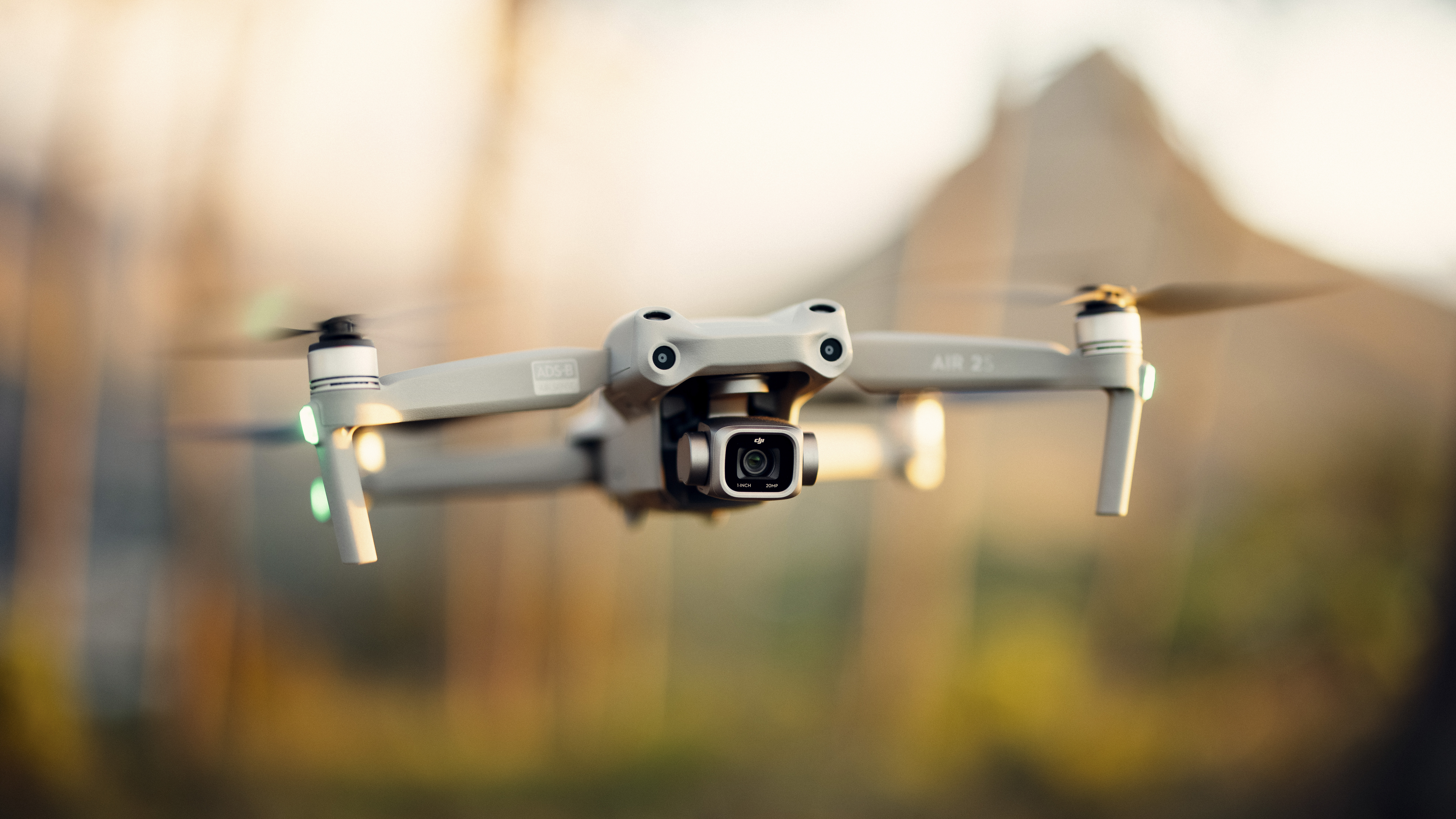
Unveiled today, the DJI Air 2S is much more than update to one of the best bcamera drones around. The new Air 2S brings a 20 megapixel 1-inch sensor to the sub-600g frame for the first time, offering creators high-end performance on an agile (and portable) drone.
The camera specifications haven’t been seen in a drone this small before, but aren’t the only spec bump over its immediate predecessor the DJI Mavic Air 2, which was launched in April 2020.
The new quadcopter also features DJI’s MasterShots content creation tool, improved autonomous object avoidance with new upward sensor, and 12km range, which makes a package which will suit outdoor enthusiasts and operators looking to capture professional-level footage of moving subjects with a bit of help from the A.I.
The new f/2.8 camera, on a 3-axis mechanical gimbal, can capture 5.4K video at 30fps or 4K at 60fps. The bit-rate has been boosted to 150Mbps, 30Mbps more than the predecessor and 50 more than the Mavic 2 Pro. While the Air 2’s half-inch sensor is good in low light, it is effectively 12 megapixels (a Quad-Bayer 48 MP, with each pixel just 0.8μm). The Air 2S’s new sensor has larger 2.4μm pixels.
• See full DJI Air 2S review
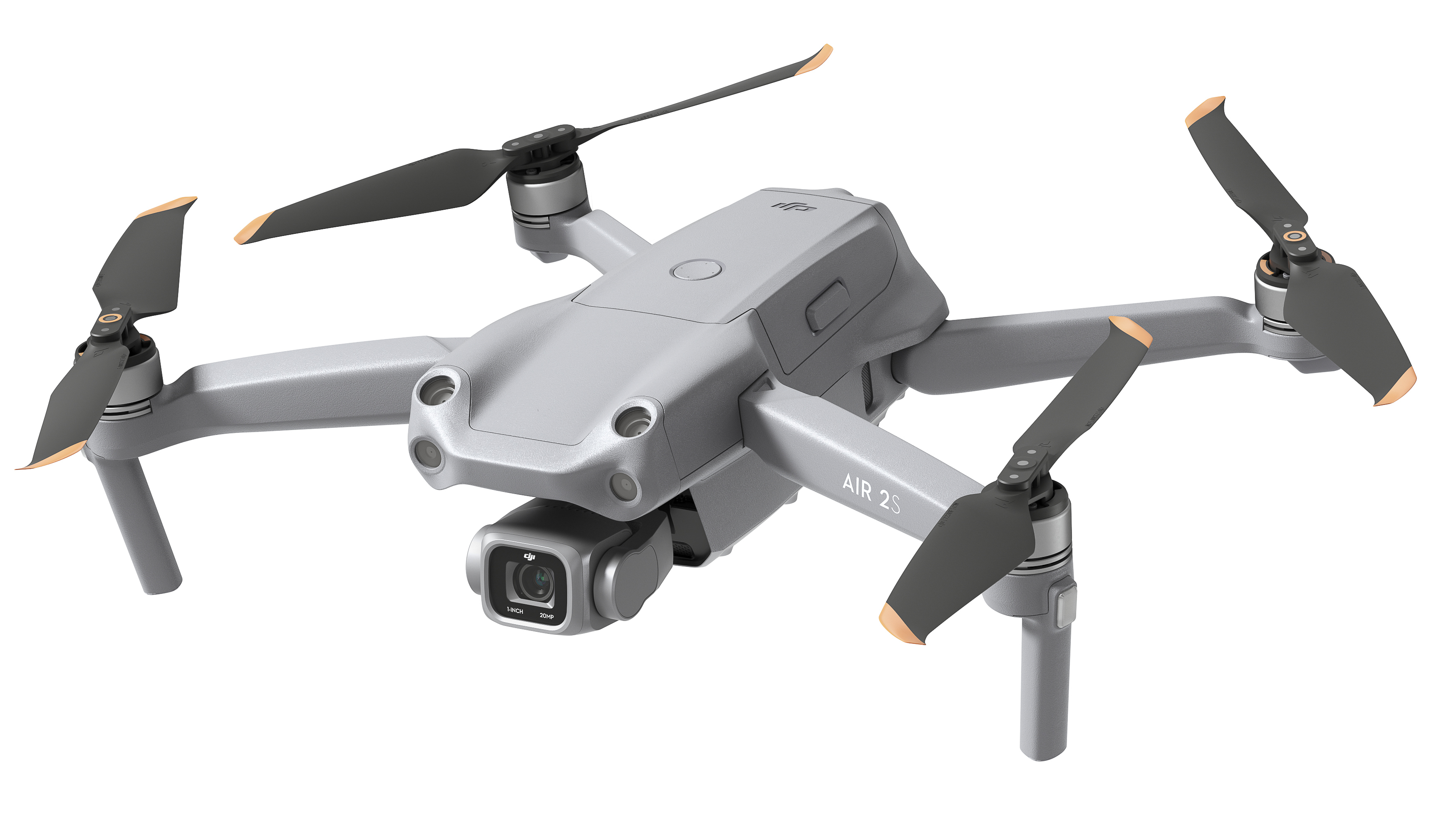
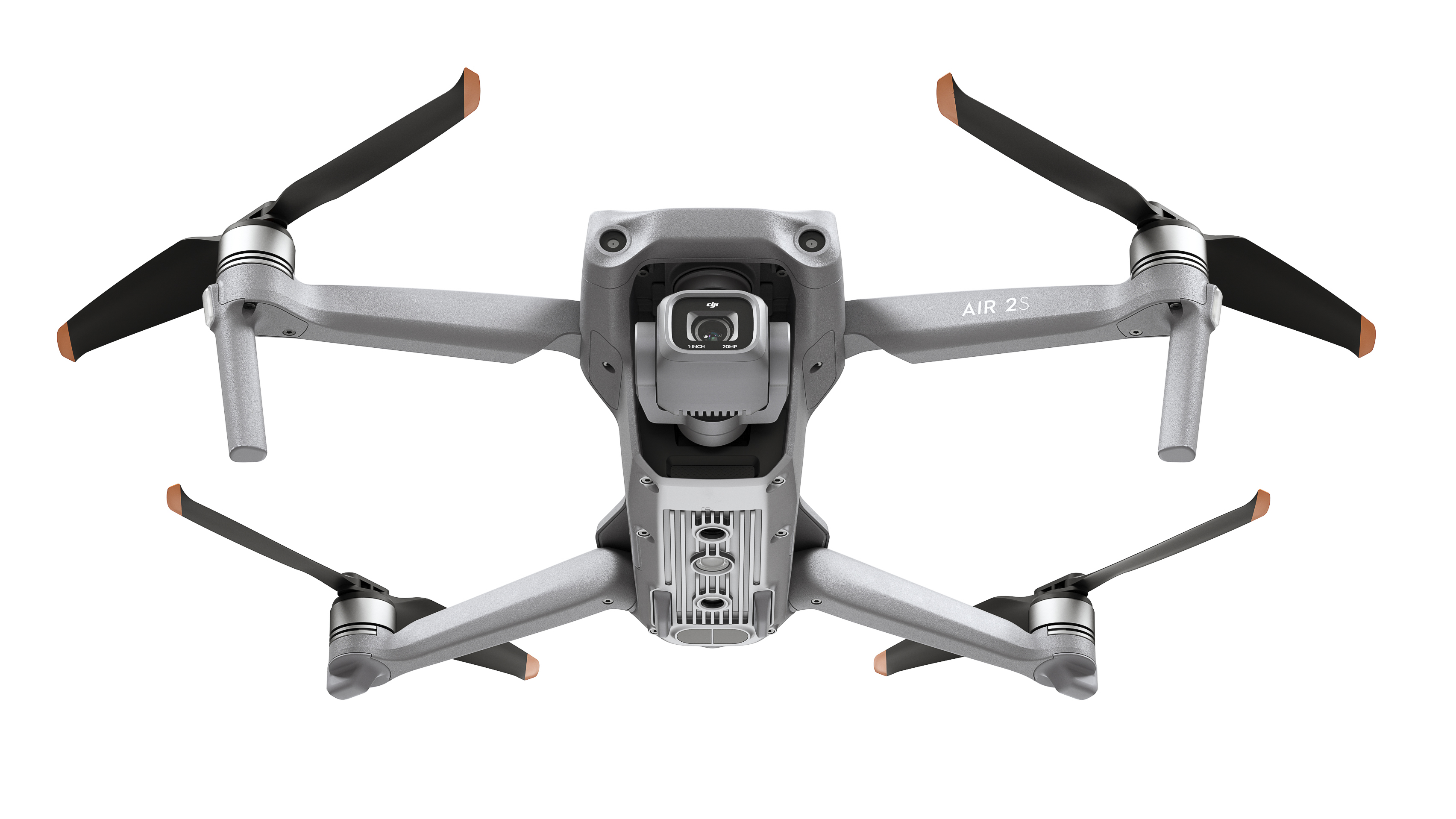
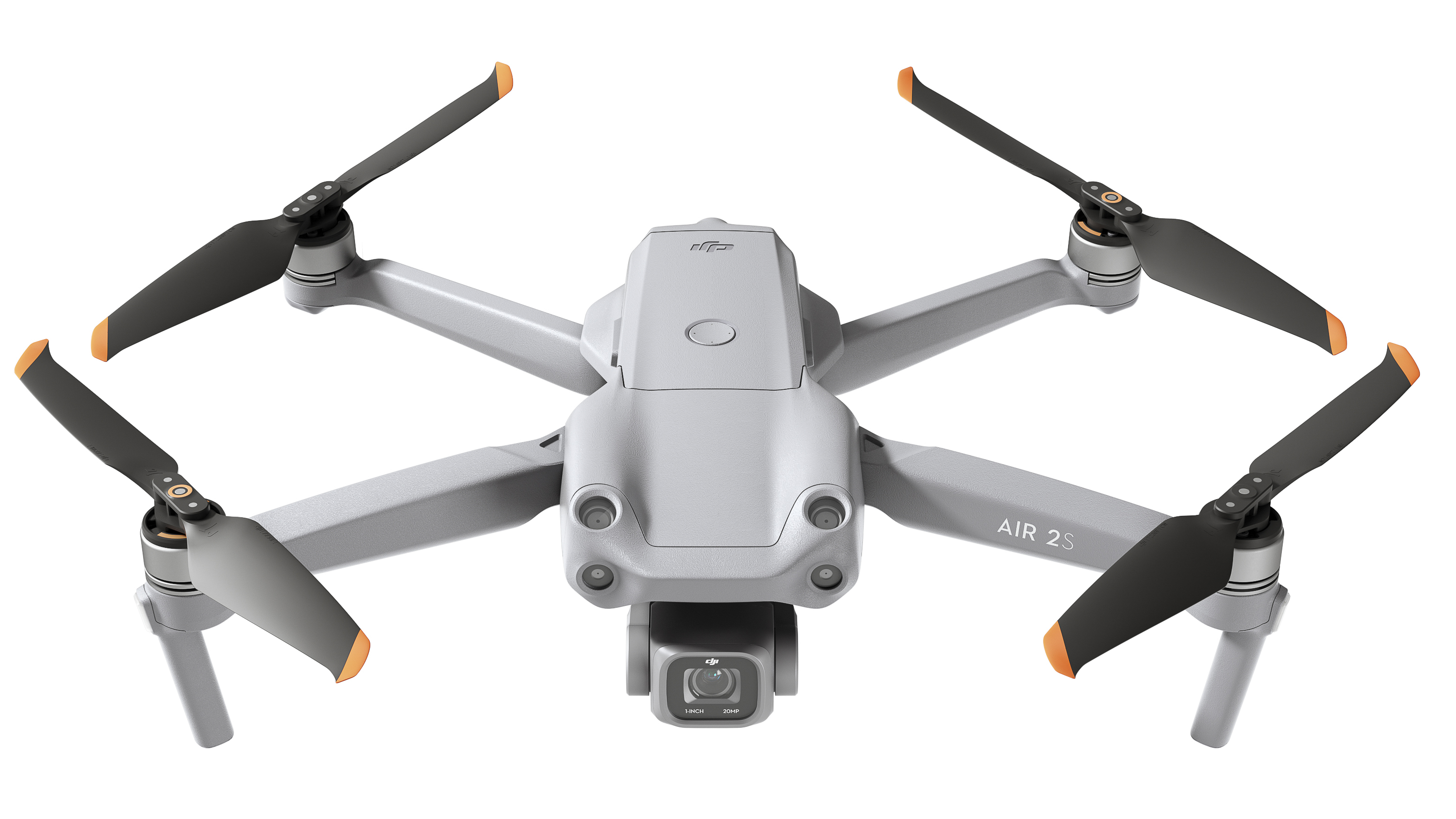
The camera isn’t the same as that on the Mavic 2 Pro; that drone has a 77˚ field of view (28mm EFL), while the new Air 2S has a wider 88˚ (22mm EFL) but a fixed aperture. Where the Mavic 2 Pro does show its age is resolution; it can only manage 30fps at 4K. Photos offer 12.6-stops of dynamic range as RAW files and 10-bit D-log video is available.
The flight time is 31-minutes, three minutes less than the Air 2, but at 595g the new drone and camera are 25g heavier. At 180 x 97 x 74mm, the dimensions of the Air 2 and new Air 2S are identical, though the nose and upper casing are new moldings. The maximum speed remains 19 m/s too, though intriguingly the normal mode has been accelerated to 15 m/s.
Get the Digital Camera World Newsletter
The best camera deals, reviews, product advice, and unmissable photography news, direct to your inbox!
The updated “Advanced Pilot Avoidance System”(APAS) 4, and take advantage of all four sensors at the front, upward and forward-facing, thanks to the angle of the fuselage during forward flight. DJI say the Air 2S is suitable for sparse woods and other narrow environments, and the system can either plot avoidance routes or simply stop-and-hover.
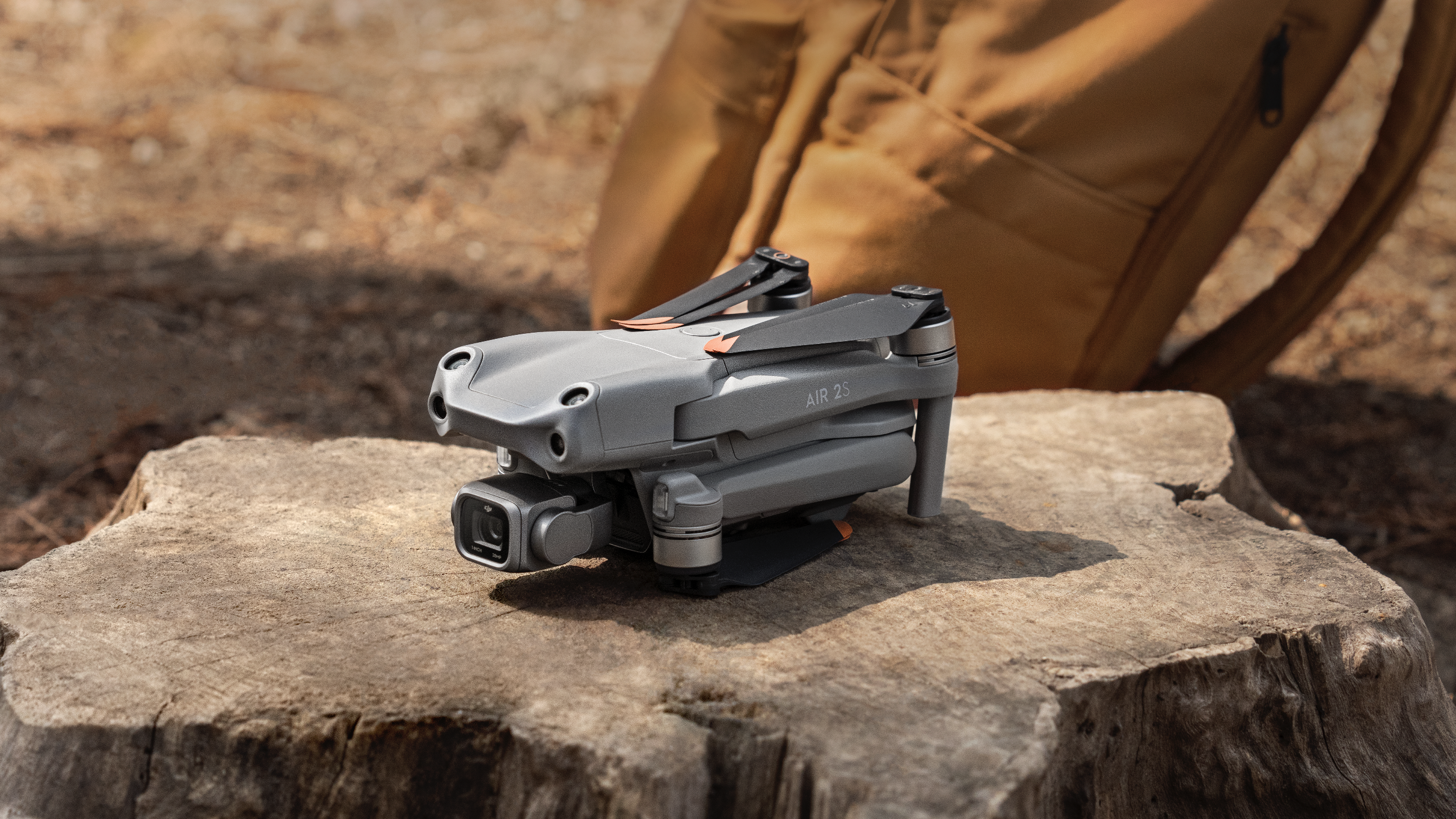
The Air 2S also inherits ADS-B to warn pilots of nearby aviation activity as well as DJI’s geofencing and return-to-home.
O3, DJI’s new name for OcuSync 3, pushes the range to 12Km (in FCC areas), over the Air 2’s 10km, adding 2 more antennas to the airframe. Note: The word ‘range,’ here and in most drone reviews, refers to the radio signal, as opposed to ‘range’ in the context of a jetliner’s maximum flight distance.
In their announcement, DJI’s Ferdinand Wolf said “DJI Air 2S is a wish list come to life for everyone who demands more from a drone,” which could be said to sum up the photo and travel enthusiasts who want more than the Mini 2 offers but still want to keep size and weight minimal.
As usual for DJI, the drone is being offered in a standard and ‘Fly More’ packs, the latter offering a total of three batteries, a charging hub, 4 ND filters and a bag.
The Air 2S is on sale immediately at $999 / £899 / AU$1,699 and the Fly More kit at $1,299 / £1,169 / AU$2,099.
Read more
• Best camera drones in 2021
• Best drones for beginners
• Drone flying for beginners
• Drone rules: US, UK and beyond
• Best DJI drones
• Best underwater drones
• Best drone accessories
• Best drones for kids
• Best indoor drones for fun
• Make money from a drone

With over 20 years of expertise as a tech journalist, Adam brings a wealth of knowledge across a vast number of product categories, including timelapse cameras, home security cameras, NVR cameras, photography books, webcams, 3D printers and 3D scanners, borescopes, radar detectors… and, above all, drones.
Adam is our resident expert on all aspects of camera drones and drone photography, from buying guides on the best choices for aerial photographers of all ability levels to the latest rules and regulations on piloting drones.
He is the author of a number of books including The Complete Guide to Drones, The Smart Smart Home Handbook, 101 Tips for DSLR Video and The Drone Pilot's Handbook.
